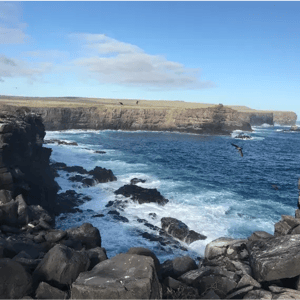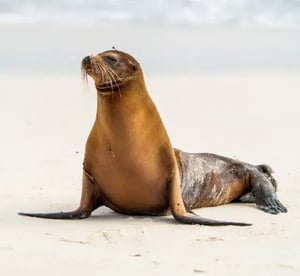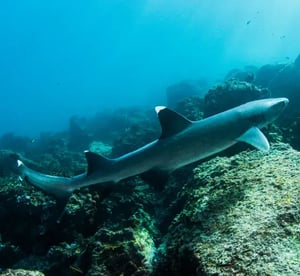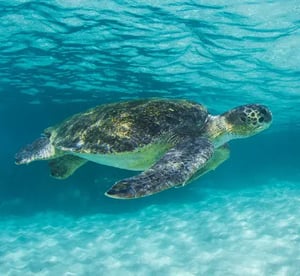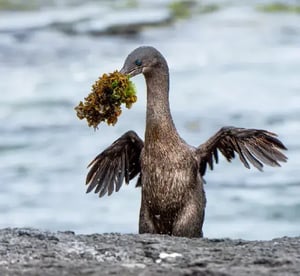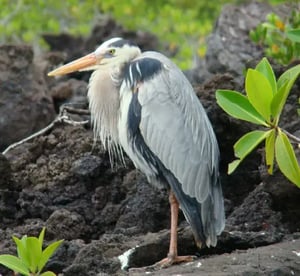
FUR SEAL
Information
The Fur Seal is the second species of sea lion, that can be found in the archipelago. Such species is more nocturnal and less social when compared to the sea lion. However, their wildness, impressive vision and swimming skills make them very interesting to watch and no one can deny that they are very adorable and extremely cute to watch, also they are the fluffiest species.
The fur seal is smaller than the sea lion, about 1.5m (5ft) and is very shy and rare to see. They prefer the rocks rather than the beaches and they have nocturnal habits.
Fur seals are less in numbers when compared to the sea lion, as they were heavily hunted back in the day by the first colonizers,.and sailors in the 19th century.
The fur seal spend more time in land than they do in water.
Fur seals are usually found in the west side of the archipelago, where the quantity of food is almost always higher. They feed mostly on cephalopods and small fish. As they hunt mainly at night, they have developed accurate techniques and tools such as their whiskers, which can be used to track the waves the fish make on the dark water.
The fur seal females are very territorial, claiming an area for breeding. This species unfortunately has a low rate of reproduction, they breed one pup a year. Females typically go hunting for about 1 day and return to feed the pup. The fur seal pup recognizes their mother by calls and noises, only known to them.
Fur seals can be found by the rocks, resting in small groups or by themselves around the islets. They mainly like places where they can sleep between rocks or dark hidden areas.
OTHER MAMMALS
01 Fur Seal
No
Endemic
Mammals
Animal group
Arctophoca galapagoensis
Scientific name
120 - 150 cm
Animal average size
22 - 34 kg
Animal average weigth
FUR SEALS GALLERY
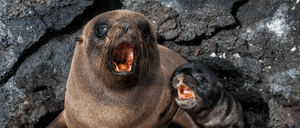
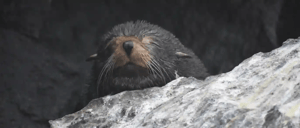
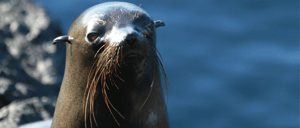
WHERE TO SPOT THIS ANIMAL?
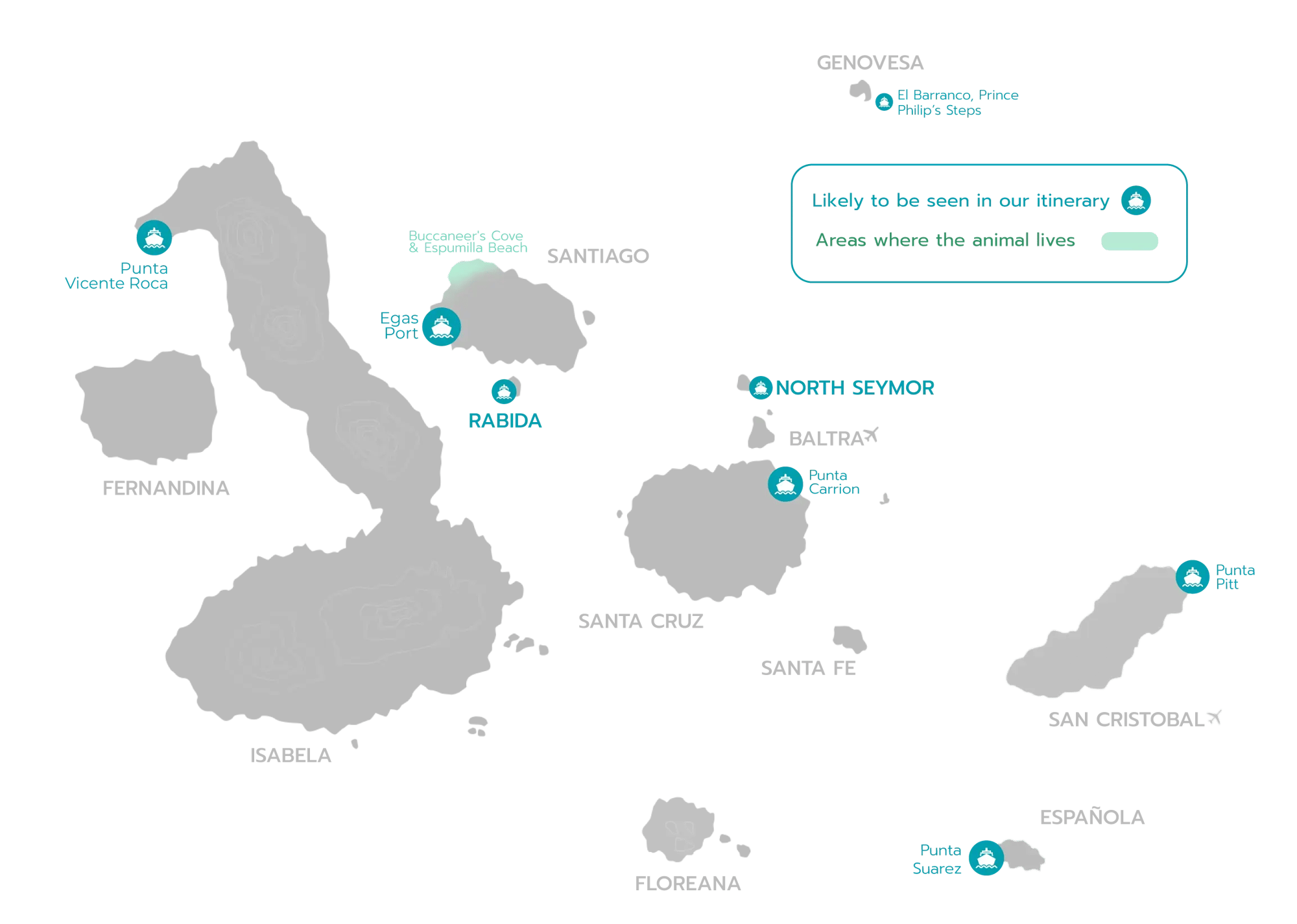
EXPEDITIONS WHERE YOU CAN FIND THIS ANIMAL
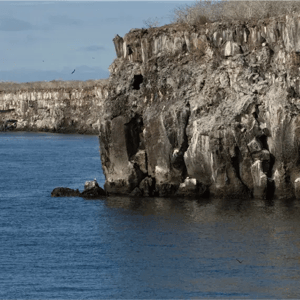
NORTH EXPEDITION (A)
Visitor sites:
> El Barranco, Prince Philip's Steps
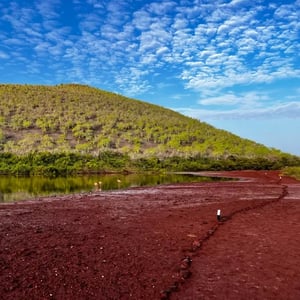
WEST EXPEDITION (B)
Visitor sites:
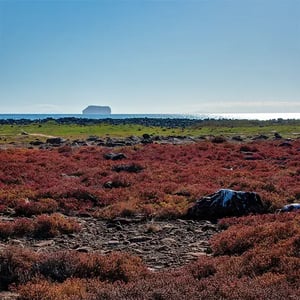
EAST EXPEDITION (C)
Visitor sites:
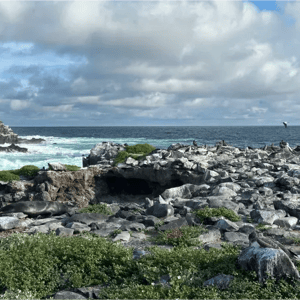
SOUTH EXPEDITION (D)
Visitor sites:

NORTH EXPEDITION (A)
Visitor sites:
> El Barranco, Prince Philip's Steps

WEST EXPEDITION (B)
Visitor sites:

EAST EXPEDITION (C)
Visitor sites:
